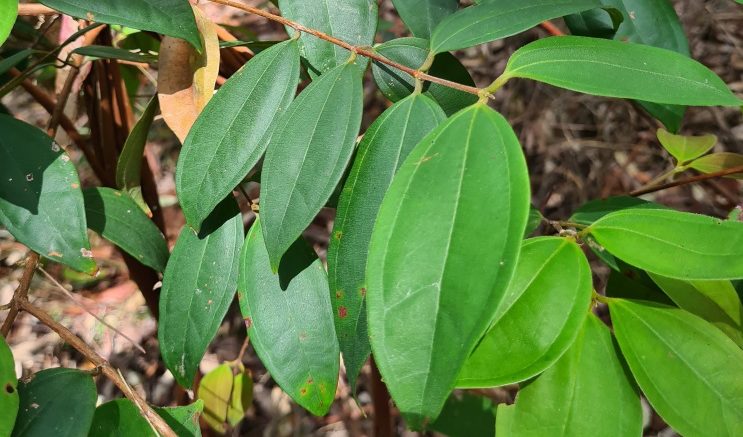All developers will now have to follow a new plan of management to protect threatened species that live and grow across the region.
At the Central Coast Council meeting on January 23, Administrator Rik Hart endorsed two plans to protect two species.
One is a bush called the Scrub Turpentine and the second is a tiny micro-bat called the Broad-footed Myotis.
The Urban Development Institute of Australia (UDIA) was consulted in September 2023 about the plans and Council said the representative was supportive of the approach.
The two Species Management Plans are the first SMPs for the Coast with more to come.
The Administrator’s endorsement means that all development, including Council’s own land management activities, will be assessed and undertaken in accordance with the SMPs.
It also means Council will now prepare a biodiversity chapter for inclusion in Council’s Development Control Plan.
Maps of SMP areas will be publicly accessible.
Scrub Turpentine was found during one recent Council project – the realignment of Old Maitland Rd, Mardi.
The Broad-footed Myotis habitat is largely permanent streams and water bodies, including the foreshores of Brisbane Water and Tuggerah Lakes, along with artificial constructed wetlands.
Up to now, when either the Scrub Turpentine or Broad-footed Myotis is going to be impacted by a development, an assessment is made on a case-by-case basis as to the type of mitigation measures required and if the development presents an acceptable impact or not.
“When these species occur on land that is proposed for rezoning, the most suitable zoning to protect the habitat and/or individuals occurs, also on a case-by-case basis,” Council said.
The Central Coast Local Government Area contains records for more than 200 threatened fauna species, Council states on its website.
Merilyn Vale



